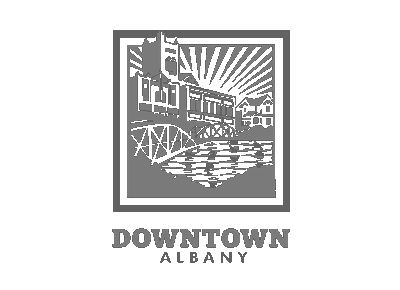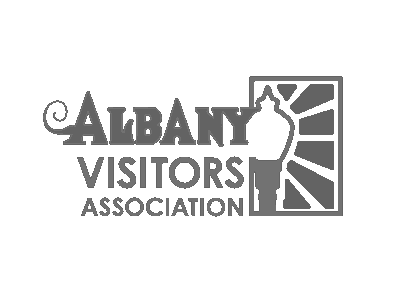Improving and maintaining Albany's streets costs more than what is currently available to do the work. Since arterial and collector streets serve most Albany residents, visitors, and commercial traffic, we are evaluating their condition, setting maintenance goals and looking for ways to cover the cost. Local streets also require maintenance; setting goals and deciding how to pay for fixing them are pending.
One objective under Goal Two of the Great Neighborhoods Theme in Albany’s Strategic Plan is to “Utilize available street funding to maintain arterial and collector streets to a minimum Pavement Condition Index (PCI) score of 60…” No minimum PCI has been set for local streets. This target was selected by balancing desired levels of service, anticipated costs, and the fact that providing routine maintenance (i.e. overlays, etc.) is the most economical way to preserve a street (see Keeping Pavement in Good Shape and Why That's Important).
Albany is responsible for approximately 21.3 miles of arterial. 25.4 miles of collector streets, and 143 miles of local streets. The average PCI for arterials and collectors is 71, slightly better than the entire City street system average of 63. The average PCI for local streets is 59. Arterials. collectors, and local streets that are under Albany's jurisdiction are shown in the next map.
What funding is available now?
About $3 million on average (2023 dollars) is available from a variety of sources each year for Albany street projects. Some of the money is restricted to specific purposes, and other funds are not guaranteed to be available every year. Historically, the cost to construct storm drainage improvements has been included in street projects. Adoption of a stormwater fee in 2015, and City Council’s decision to adjust stormwater fees to account for inflation and increased construction costs has provided more money for the stormwater system, freeing up those street funds to be used on street work.
Additionally, Keep Oregon Moving, Oregon House Bill 2017, passed in the summer of 2017, has raised the state gas tax incrementally resulting in additional revenue to Albany and other cities. The Oregon Department of Transportation has estimated that Albany will receive $1.7 million by 2025, at which point the increased revenue resulting from HB2017 will level off.
Funding Gap
Arterial and Collector Streets have had the benefit of being the focus of virtually all available capital funding, consistent with a city council goal to keep arterial and collector PCI ratings above 60. As a result of this targeted investment, the current average PCI for arterial and collector streets is 71. In order to maintain arterial and collector streets in good or fair condition over the long term, it is estimated that an average investment of $4 million per year (2023 dollars) is needed. Currently, the city is spending on average $2.5 million per year leaving a funding gap of $1.5 million.
Local streets have generally not received adequate street maintenance funding. There are 54 miles of local streets (38 percent) in good condition, however, most of these are located in newer neighborhoods. There is an almost equal number of local streets, 52 miles (37 percent), in poor condition that continue to decline without adequate funding. An estimated investment of $3.5 million per year (2023 dollars) on average will be needed to maintain local streets currently in good or fair condition. Currently the city is spending on average $500,000 on these roads, mostly through the slurry seal program. For local roads currently in poor condition, an estimated investment of $8.3 million per year (2023 dollars) over a 40 year time period is needed to rebuild these streets and get them back into good condition. The city is currently not spending any capital funds on local streets in poor condition. The overall combined funding gap for local streets is $11.3 million per year, and the combined street annual funding gap is $12.8 million.
| Arterials and Collectors | $1,500,000 |
| Locals – Good and Fair Condition | $3,000,000 |
| Locals – Poor Condition | $8,300,000 |
| TOTAL | $12,800,000 |
Available funding falls short of the required $12.8 million (2023 dollars) annual investment. Potential funding alternatives will be discussed at future Transportation Advisory Commission meetings and Council Work sessions.


